Drone Regulations In Lofoten, Norway And The EU
Before we get to where you can and cannot fly in Lofoten, let’s get the formalities taken care of first.
In 2020 the EU started a stricter policy on drone operation. And although Norway is not a member of the EU, we still comply with the drone regulation of the EASA (European Union Aviation Safety Agency).
In this article we are going to deal with the A1 & A3 subcategories of civil drones, which covers drone use as a hobby with drones of less than 25kg.
The subcategory A1 deals with drones below 500g, like the DJI MINI-series. Subcategory A3 deals with drones below 25kg, which covers the rest of them. Within the subcategory A1 there are two sub-sub categories categorized by weight: above and below 250g.
The Open Category of Drones
Just like drones are categorized based on their characteristics, the types of flight you can do also have different categories. The “Open category” is for low-risk drone operations involving drones weighing less than 25 kg.
Within the open category, there are three subcategories: A1, A2, and A3, each with its specific rules:
A1 (Flying Over People): This subcategory allows you to fly lightweight drones with few distance limitations from uninvolved persons.
A2 (Flying Close to People): In the A2 subcategory, you can fly drones in built-up areas, but you must maintain a minimum distance of 50 meters from uninvolved persons. If you have a C2-class drone, the minimum distance is reduced to 30 meters.
A3 (Flying Far From People): For the A3 subcategory, you can fly drones up to 25 kg in weight, but you must keep a minimum distance of 150 meters from residential, commercial, industrial, or recreational areas.

ID Requirements for Drone Flying in Norway
When registering a drone in the EU, it’s essential to understand the difference between the Flyer ID and Operator ID:
The Flyer ID is a unique identifier assigned to individual drone pilots or “flyers.” It is a personal ID that links directly to the drone operator. When you register for a Flyer ID, you provide your personal details, such as your name, address, and contact information. This ID is used to identify you as the pilot when operating a drone within the EU.
The Operator ID is a separate identifier associated with the owner or organization that operates the drone. This ID links to the entity responsible for the drone’s operations. When registering for an Operator ID, you provide the necessary details of the drone’s owner or the organization overseeing its flights.
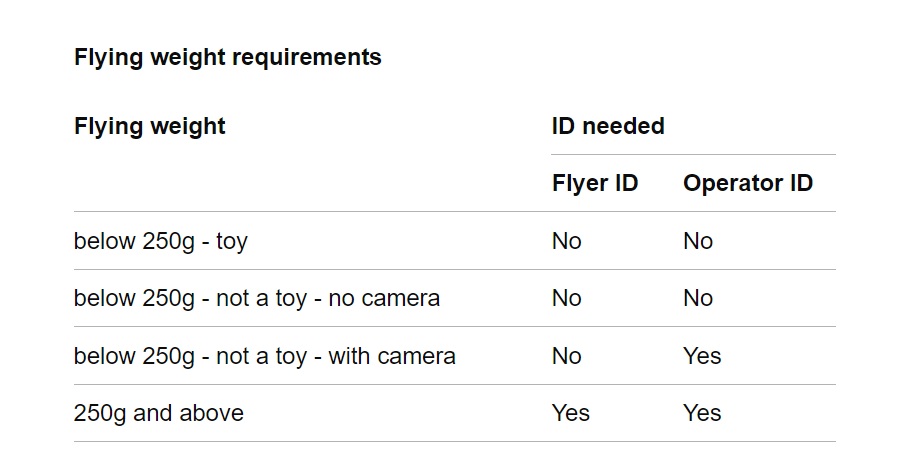
Not sure if you need Flyer ID, Operator ID or both? Check the weight of your drone and this table will give you an answer.
The Flyer ID
The Flyer ID is a crucial requirement for anyone who wishes to fly a drone in the Norway. To obtain the Flyer ID, you must successfully complete an online theory test that covers essential knowledge about safe and legal drone flying. The test consists of forty multiple-choice questions, and a minimum of 30 correct answers is needed to pass.
There is no minimum age requirement for obtaining the Flyer ID, but children under the age of 13 must register with a parent or guardian present.
The Flyer ID registration is valid for three years, and it is free of charge.
The Operator ID
An operator ID is separate to a flyer ID in the sense that anybody who is responsible for a drone or model aircraft must register as an operator. Once you have registered, you will get an operator ID with your certificate of registration. You must display your operator ID on your drones and model aircraft. You can use the same operator ID for all your drones and model aircraft.
In order to be an operator, you must be aged 18 or over and your registration is valid for one year.
As a private person and organization, you pay an annual fee (220 NOK in 2022) for registration as a drone operator. Courses and exams are free.
Learn more about getting the Operator ID in Norway

Flyer ID and Opaerator ID examples, source UAVHUB
The rules for flying a drone below 250g
All drones with cameras require that you have at least an Operator ID. If your drone is below 250g, that’s all you need.
An Operator ID is easy to get, you just register at the National Aviation Authority page of any country within the EU and pay the yearly fee. Here is a link to the Norwegian site. You do not need to register again when flying in a different country within the EU.
However, if you have an Operator ID from a country outside of the EU, you need to get one from any country within the EU before being allowed to fly within the EU.
The rules for flying a drone Above 250g
Flying drones above 250g requires both an Operator ID and a Flyer ID.
A Flyer ID requires an exam, which is free, can be done online in just minutes and for most people it would be fairly easy and not require extensive studying.
If you are new to flying a drone, we encourage you to read up on the basic rules about flying a drone, before taking your exam.
Once you have your Operator (and Flyer) ID you need to put your Operator ID on your drone.
The operator number might look something like this: NOR87astrdge12k-xyz. The last three digits are secret and should not be included in the marking on your drone. This registration number is valid in all EU-countries, including Norway.
Also, you would need liability insurance that covers damage up to 5.000.000 NOK, and make sure the insurance cover flying in other European countries. That’s it!
Summary of the legal requirements for flying a drone in Norway
Citizens from EU countries
If you are a citizen of an EU country and wish to operate a drone in Norway, you must:
1️⃣ Be registered as a drone operator in your home country. There is no distinction between flying for recreational or commercial use.
2️⃣ Have a valid EASA certificate for the relevant subcategory.
👉 The Norwegian A1/A3 course and exam are available in English at flydrone.no
👉 The Norwegian A2 course is also available at flydrone.no. However, the exam must be taken at a Driver and Vehicle Licensing Office in Norway. Everything is available in English.
3️⃣ Mark the drone with your operator number. You can also use a QR code containing your operator number. The number on your pilot certificate is not valid as a marking.
4️⃣ Have valid liability insurance. There is no distinction between flying for recreational or commercial use.
5️⃣ Follow the rules of the open category.
6️⃣ Check if drone flying is permitted in the area before taking off.
7️⃣ Before flying with sensors, you must register the use of photos, video and other sensors with the Norwegian National Security Authority.
RULES FOR RUSSIAN CITIZENS
Since 28 February 2022, Russian flights have been banned from using Norwegian airspace.
Citizens from other countries
If you are a citizen from a country outside the EU, you must:
1️⃣ Be registered as a drone operator in an EU country or Norway. You should register in the first country where you plan to operate. For Norway, you can register at flydrone.no. There is no distinction between flying for recreational or commercial use.
2️⃣ Have a valid EASA certificate for the relevant subcategory.
3️⃣ Mark the drone with your operator number. You can also use a QR code containing your operator number. The number on your pilot certificate is not valid as a marking.
4️⃣ Have valid liability insurance. There is no distinction between flying for recreational or commercial use.
5️⃣ Follow the rules of the open category.
6️⃣ Check if drone flying is permitted in the area before taking off.
7️⃣ Before flying with sensors, you must register the use of photos, video, and other sensors with the Norwegian National Security Authority.
NEW RULES IN 2023
There are a number of new rules arriving in 2023 that will affect how new drones are classified. But it doesn’t really affect any of the above requirements.
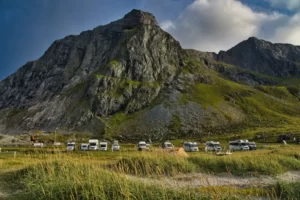




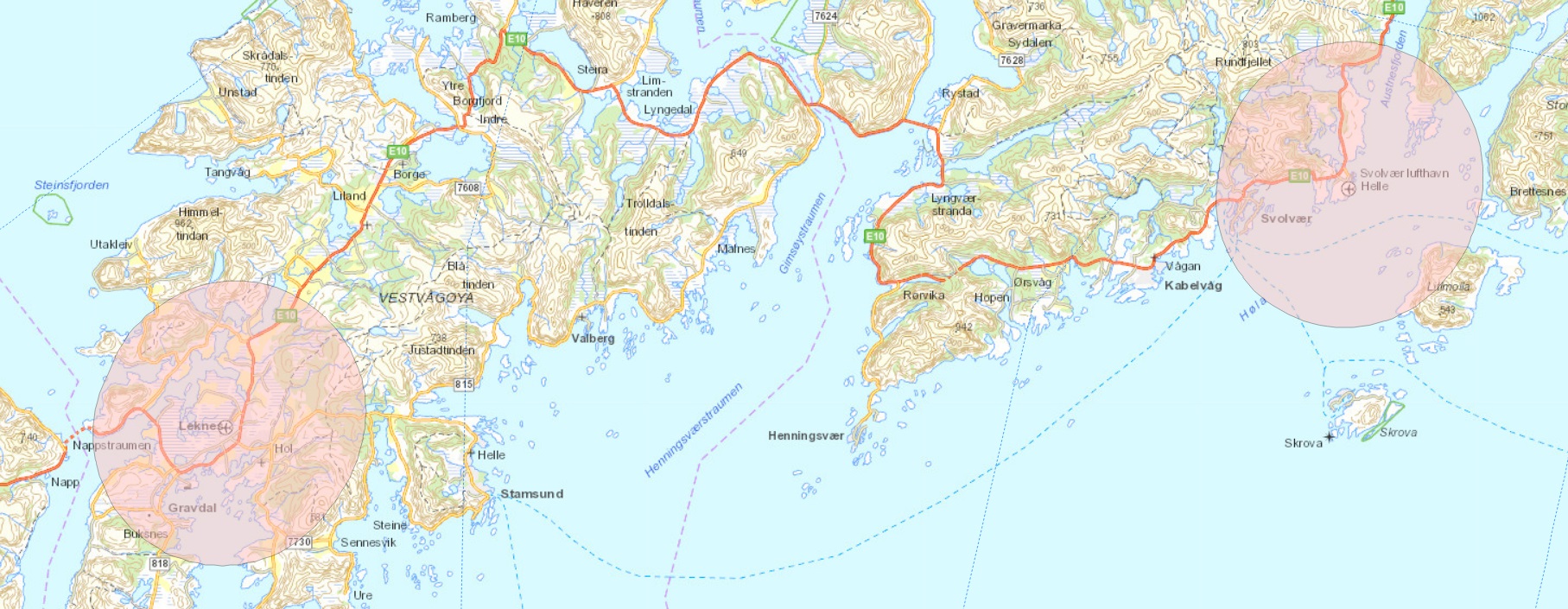
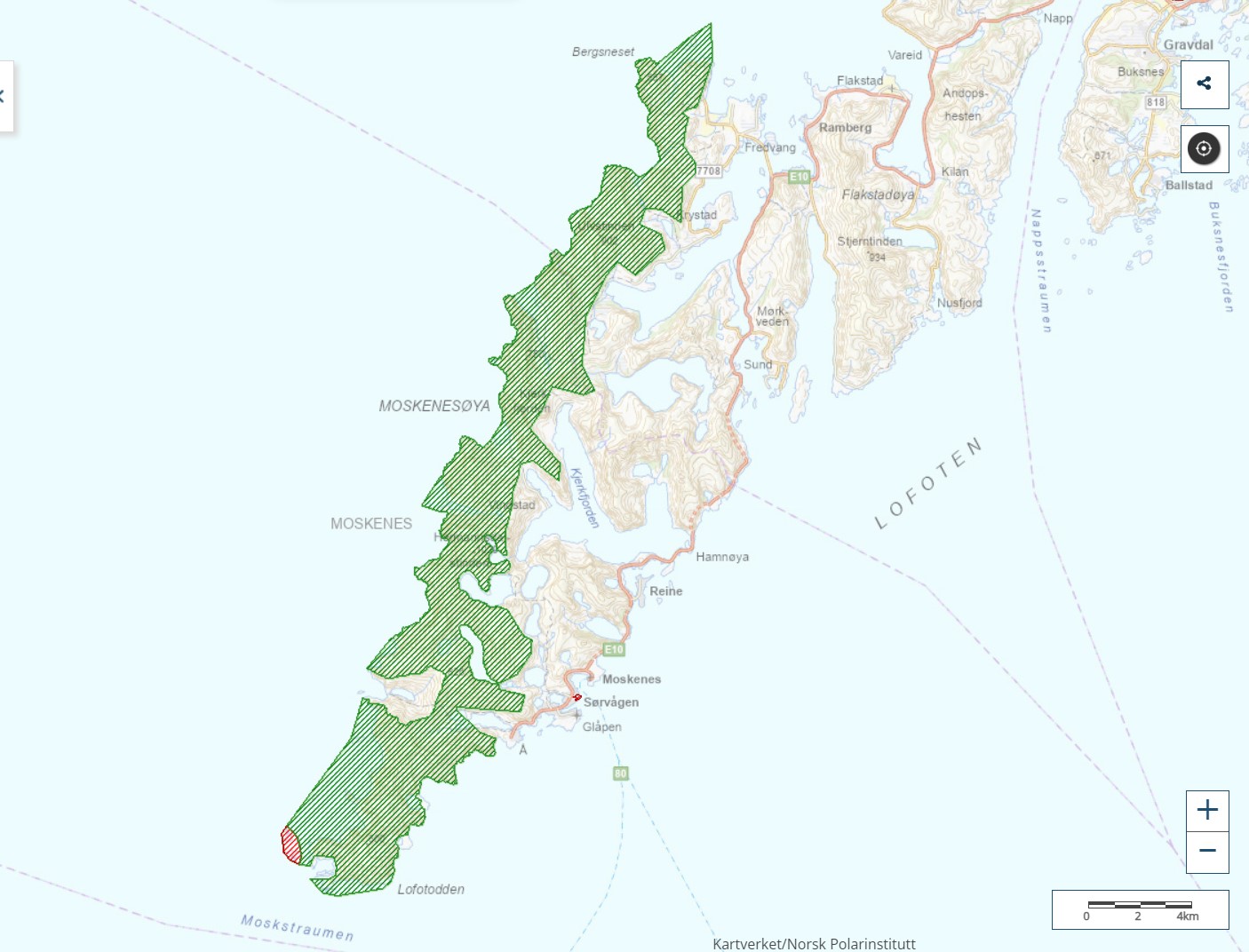
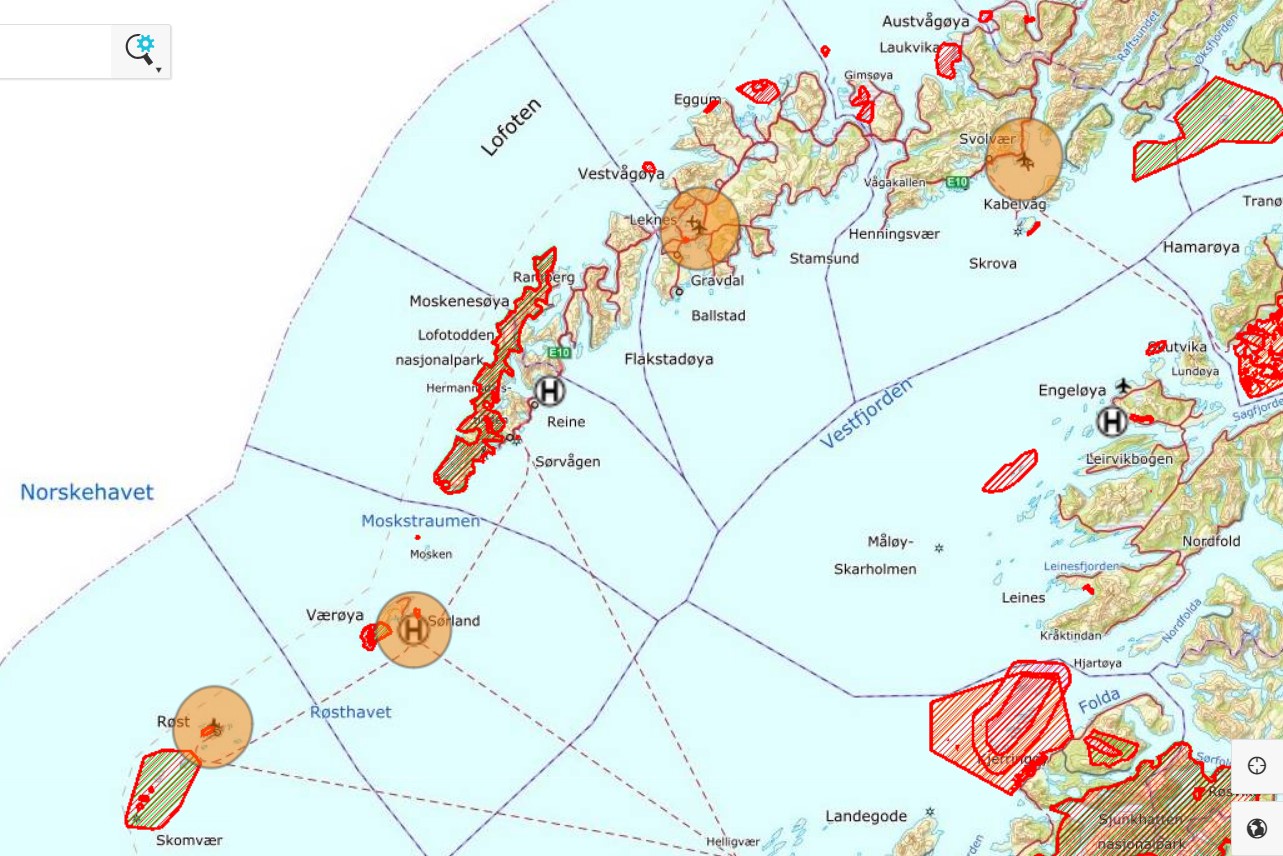


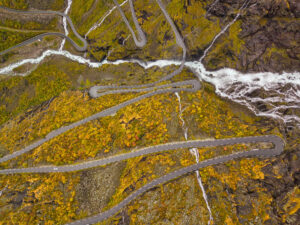
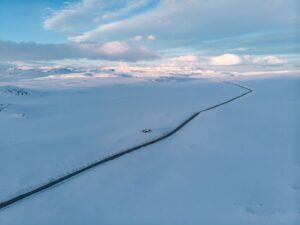
9 Responses
Hi, huge thanks fot this article, it’s helpful! One question on how to read drone maps (Avinor, Safe to Fly and Ninox). I’m coming to Lofoten soon and will be based near the Haukland and Uttakleiv beaches. Is it legal to fly there with a drone? Avinor says it is ok (the Leknes airport no-fly zone ends at Vik and Haukland is outside the airport zone) but the Safe To Fly map has this zone much bigger and includes the Haukland beach. Ninox map is red throughout entire Lofoten so I cannot tell where is it legel to fly based on this app.
Hello, I came across your website while searching for the drone rules for Norway. I actually found all the regulations that apply to EU and non-EU citizens, but I couldn’t find any information anywhere about whether Switzerland is considered a non-EU country. I completed the online course in Switzerland and am therefore permitted to fly my drone in Switzerland (DJI mini 3 pro). I know that Switzerland has adopted the EU rules. But I don’t know whether my drone license is valid in Norway as a non-EU member. I hope you can help me. Thank you in advance and best regards. Hanspeter
Hi Hanspeter, Norway has the same rules for EU and EEA countries, so Switzerland is covered as an EEA country.
Hi. Can I get insurance when I arrive in Norway? I have all the accreditation but struggling to get the required insurance here in Australia Thank you.
What about Reinebringen? Is it legal ti launch from the summit?
Hi, Reinebringen is not in the national park, so technically, drone flying there is OK. However, there is a sign at the trailhead that prohibits it. We assume that it is because of the rule about flying above large crowds of people, so we consider flying there OK if there are no or not many people.
Just a google search shows that you should not fly over Reinebringen when police themselves say it. Please do not give a green signal without checking properly : https://www.uasnorway.no/politiet-starter-dronekampanje-i-lofoten/
We have checked the regulations carefully. Apart from this article, no other source (local newspaper, destination Lofoten) says that flying a drone over Reinebringen is forbidden. The rule is about flying over crowds of people. So, if there are no or very few people at Reinebringen, it should be okay to fly a drone, in our opinion. Of course, it’s rare for there to be no people on Reinebringen, but that’s a different issue.
We contacted Geir Iversen, the police chief in Svolvær mentioned in the article, to ask why it should be forbidden and why there’s no official information about it. He resigned the day after the article was published. We also contacted the police station with the same question but haven’t received a response.
We finally received an answer from Luftfartstilsynet regarding the rules for flying drones on Reinebringen, which confirms what we mentioned in the article. Flying a drone on Reinebringen is NOT RECOMMENDED due to safety hazards when flying over crowds. While there is no law stating that Reinebringen is a no-fly zone, safety is the primary concern.
Most of the time, the ridge is crowded with people, so launching a drone isn’t advisable. However, if the area is empty (and believe it or not, we’re sometimes alone on Reinebringen early in the morning or late at night during the shoulder season), then flying a drone is not against the law.